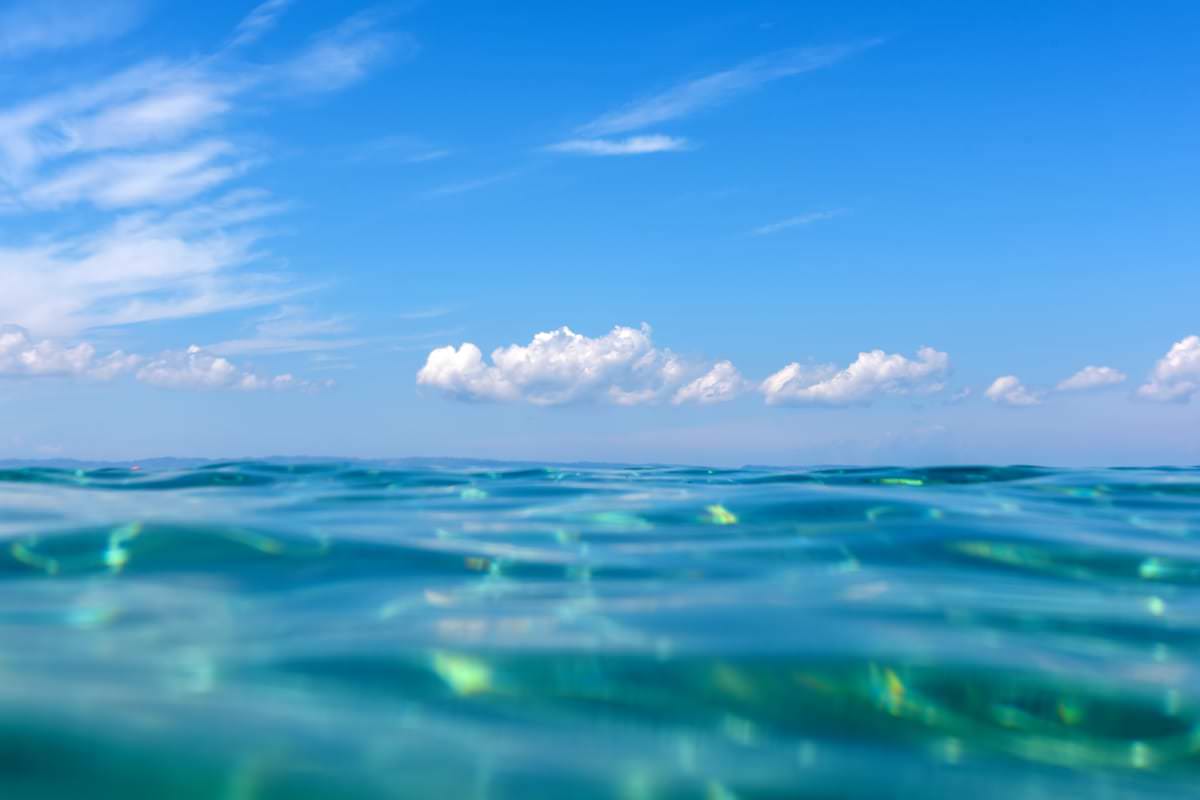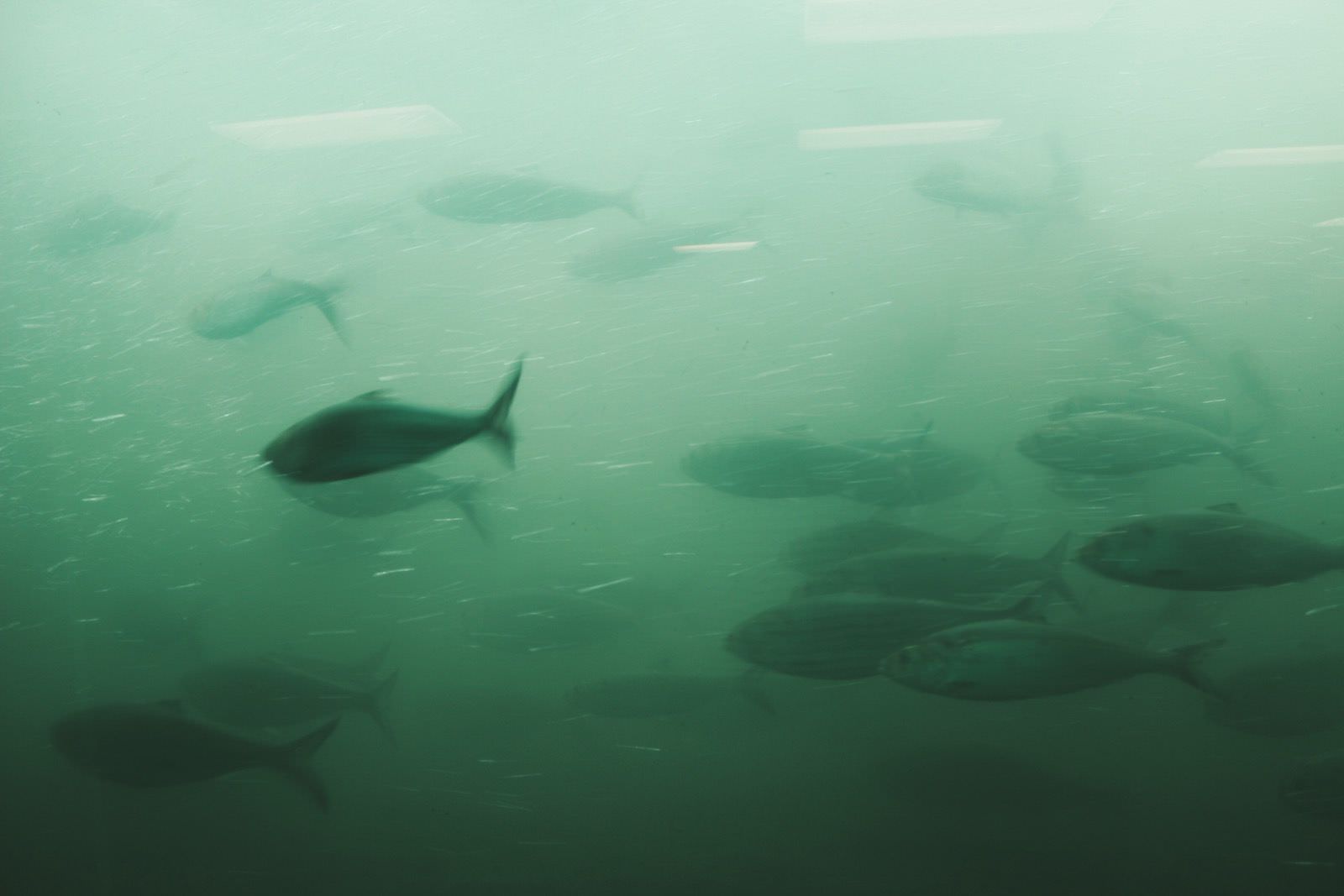Ocean Water

Many people who have been to the ocean have tried to drink the water found therein. That (sadly) includes me. Unfortunately, we have all discovered that ocean water is salty and quite disgusting.
Ocean water has an average salinity of 35PPT, or 35 parts of salt in a thousand parts of water. That means that per 1000 pounds (453.59 kg) of water, you can find 35 pounds (15.88 kilogram) of salt.
Seawater is 96.5% water and around 3.5% salt. These dissolved solids change the chemical properties of water. It takes less energy to evaporate seawater than fresh water, and increasing the amount of salt in the water will make it freeze at lower temperatures. However, the ice that will from will be almost pure, because the salt will drain out of it.
pH
pH is the degree of acidity in a substance. The pH level in a substance is measured from 0-14. When water disassociates, it forms two substances, which are called OH- (negative hydroxyl ions) and H+ (positive hydrogen ions).
Pure water has a pH level of 7, but most ocean water has a pH level of 8, which means that it is slightly acidic because there are more OH- ions than H+ ions.
Ocean water also includes buffers, which is a substance that lessens the tendency of a substance to become too acidic. One type of buffer is carbonate, which is formed by the reaction of carbon dioxide with water.

Dissolved Oxygen
Dissolved oxygen is measured in parts per million (PPM) or milligrams per liter (mg/L). Dissolved oxygen is the amount of oxygen dissolved in water. This is important for fish because the minimum amount of PPM necessary for them to live is 4.
Below a DO level of 4, an effect called hypoxia occurs, and fish suffocate, being killed. The DO is replenished when plants absorb the carbon dioxide emitted by the fish and then emit oxygen, which is absorbed by the water and then used by the fish.
However, as you go down, the DO gets less and less until there is not enough oxygen to support marine life.




